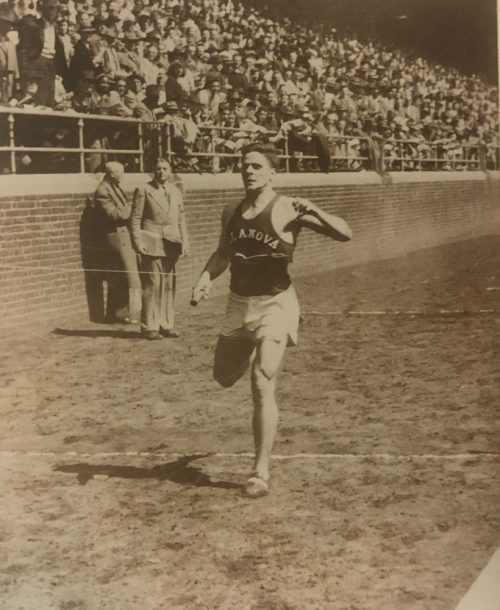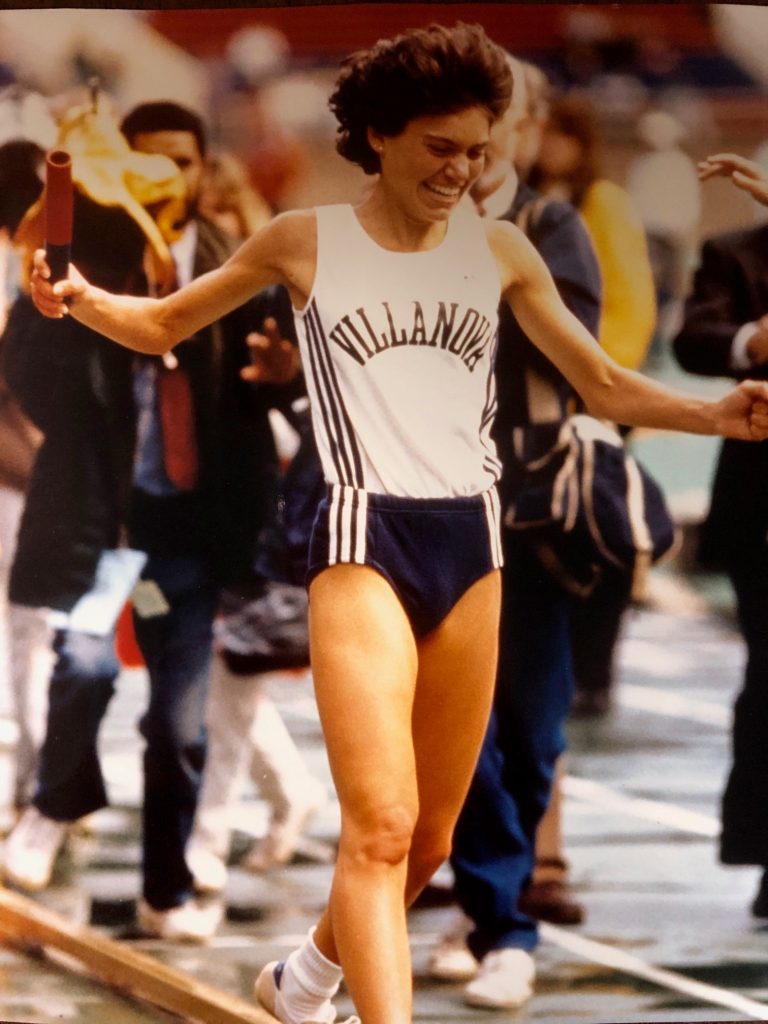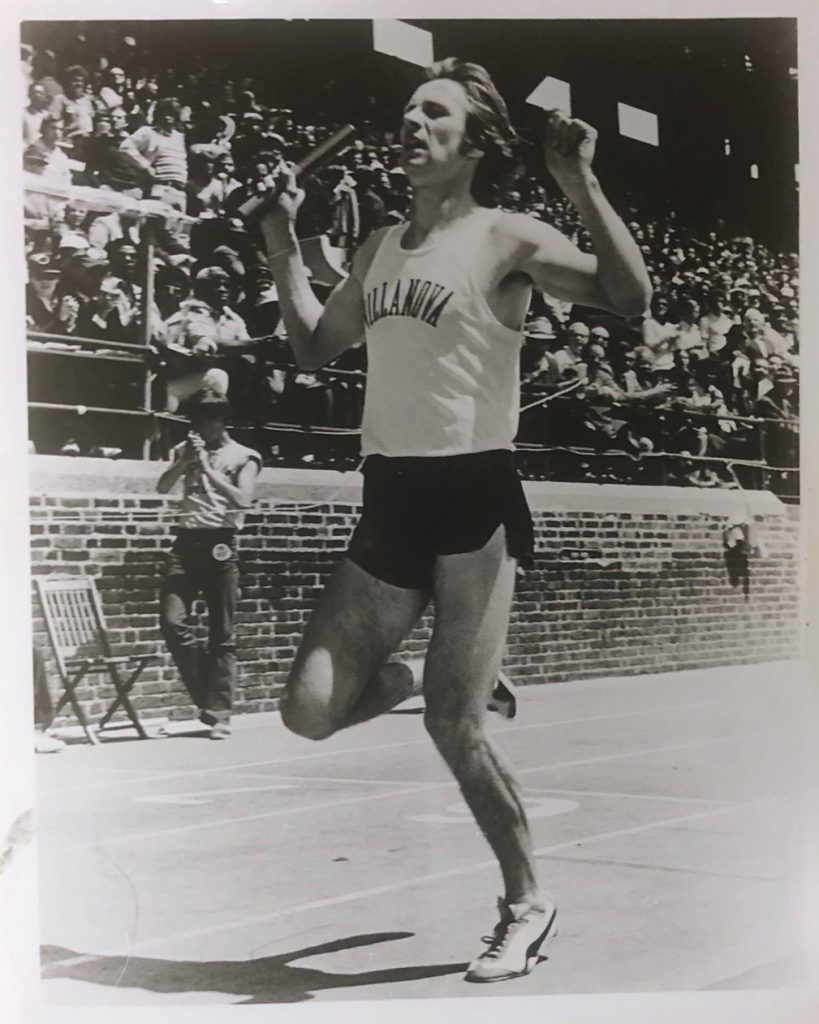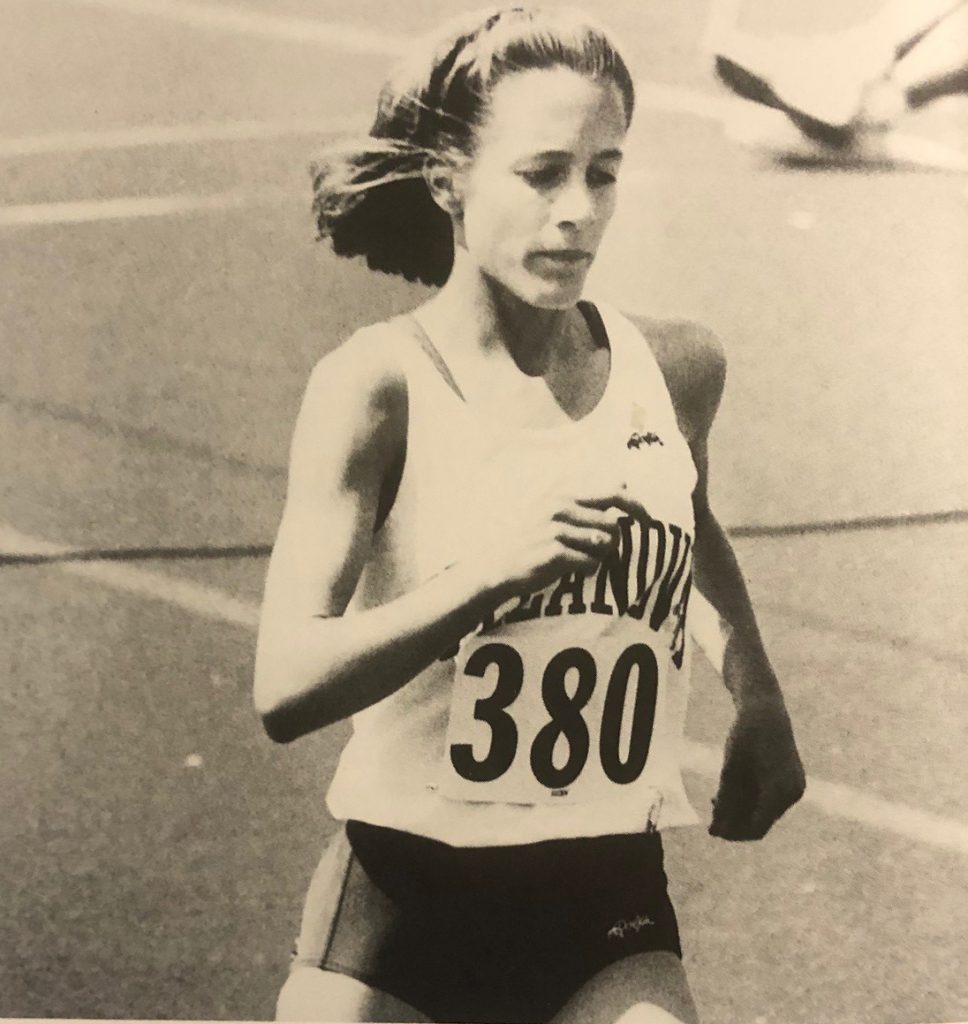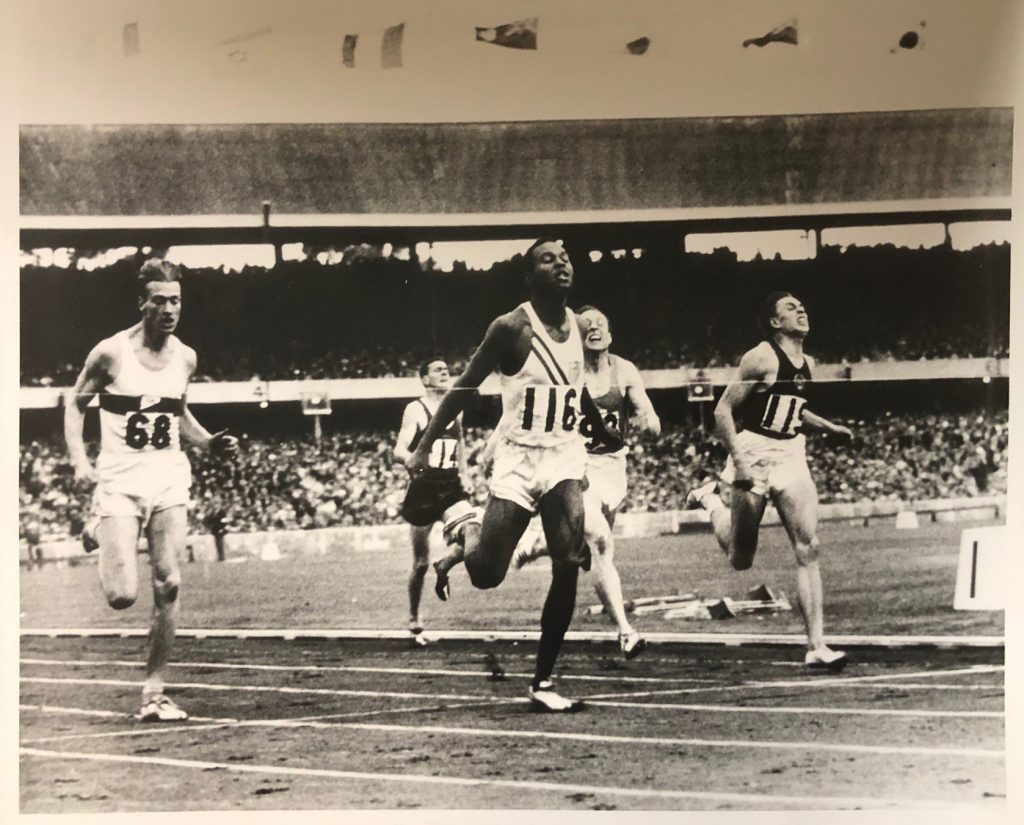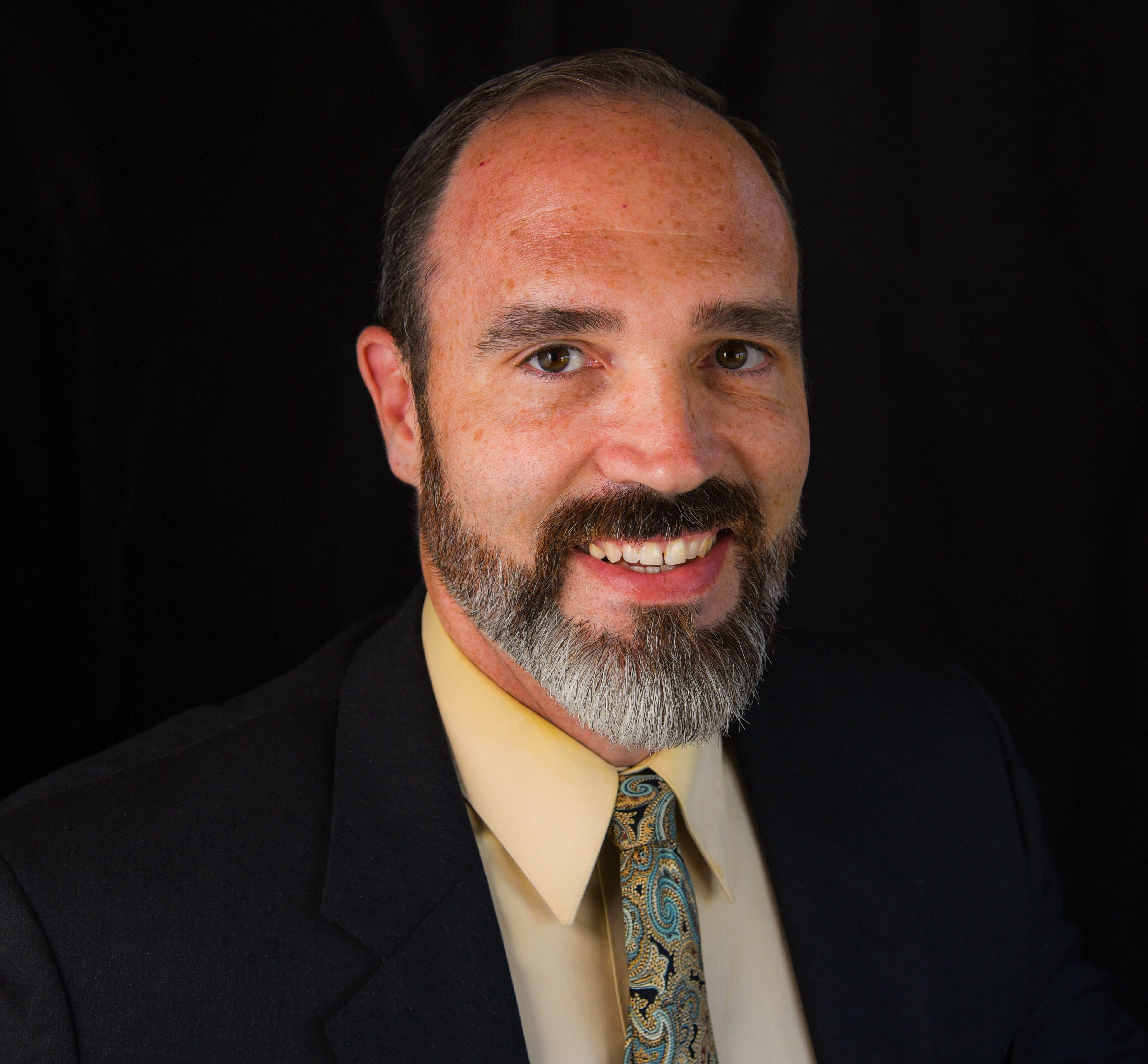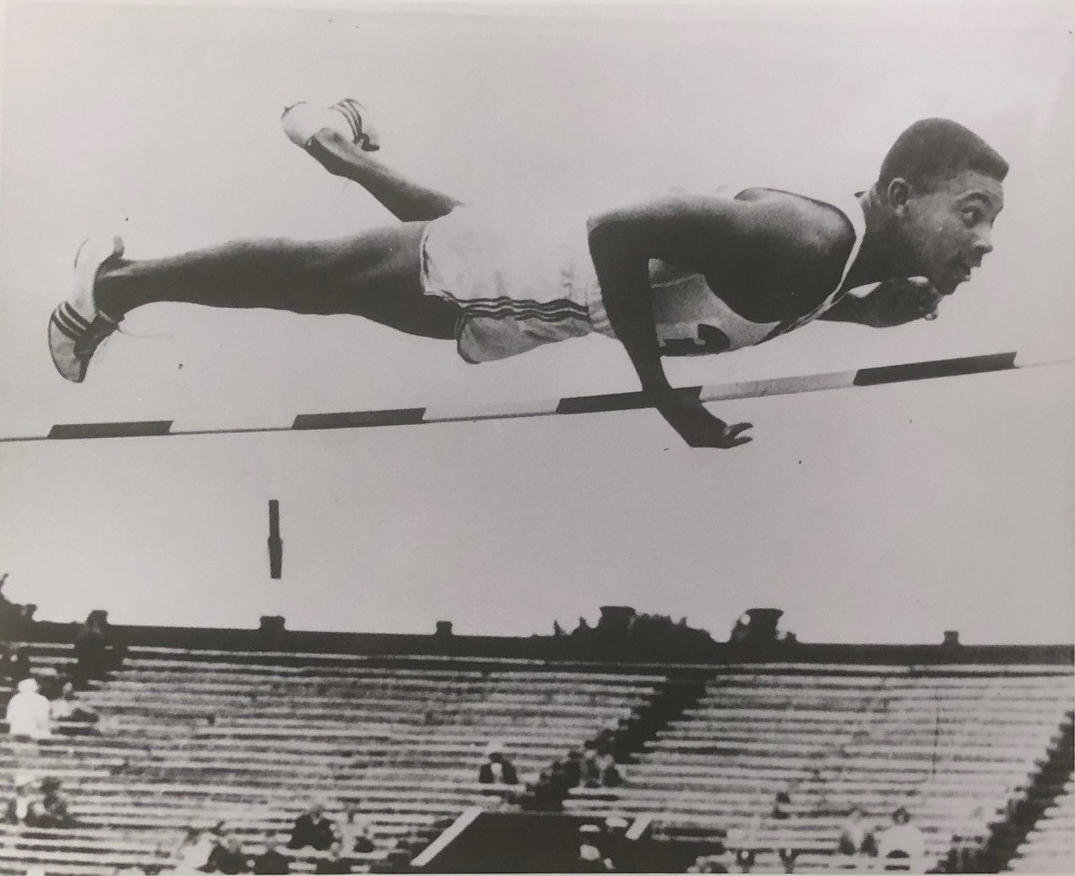By Ethan Shea
It feels like we just finished watching the Summer Olympics … because we basically did. As we all know, the 2020 Summer Olympics were severely delayed by the ongoing COVID-19 Pandemic, so these 2020 Summer and 2022 Winter Olympics are occurring remarkably close to each other. During normal years, there would be a two-year gap between the events, as they both take place every four years, with two-year offsets between them.
In general, the Summer Olympics seem to be more popular. There are 339 different events a the Summer Olympics and only 109 at the Winter Games, so there are more awards and excitement to go around in the summer. Not to mention that many winter events require a specific climate and hefty funding to garner the equipment needed to take part. It follows that the Summer Olympics generally get better television ratings than its colder counterpart, as more people are apt to become emotionally attached to athletes competing in events they are familiar with.
This does not mean we should not look forward to the Winter Olympics! There are countless entertaining events, such as ice hockey, snowboarding, and curling, among 106 others, but the disparity in ratings does present an opportunity for change.
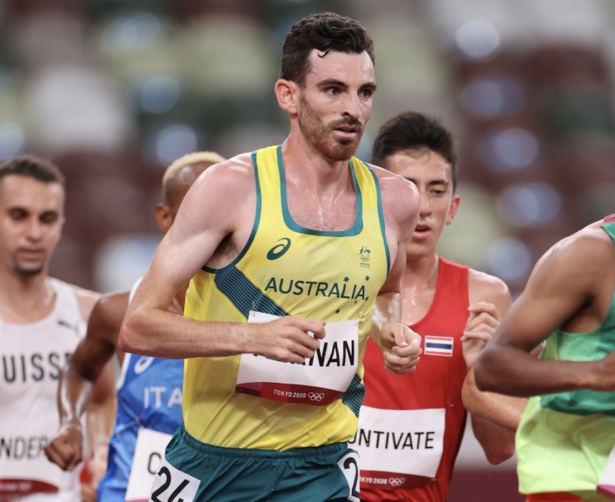
Former Villanovan Patrick Tiernan Competing in the 2020 Olympics
In the 2020 Games, Villanova continued its streak of Olympic representation as four former and current Villanovans (Siofra Cleirigh Buttner, Summer Rappaport, Patrick Tiernan, and Jay Wright) competed on sport’s biggest stage. Aside from Jay Wright, who was the assistant coach of Team USA’s men’s basketball team, three of these athletes competed in events involving long-distance running. Villanova continues to produce world-class track and cross country athletes, so would it not be wonderful to watch these runners compete in both the Summer and Winter Olympics? I, for one, believe this should be the case, and the best way to make this dream a reality is to add cross country running (XC) to the Winter Olympics! I am not alone in this belief, as several professional runners have voiced support for XC’s Olympic inclusion. There are many reasons why this would be beneficial not only for athletes but for fans, television producers, and Wildcats alike.
The most obvious reason why XC should be in the Winter Olympics is because it is traditionally a winter sport. Most international XC events occur between December and March, and since the Winter Olympics take place in February, this addition would fit perfectly into athletes’ race schedules. Track athletes would have enough time after the games to train for the outdoor season and marathoners would still be able to prepare for the big fall marathons. Training would be cutting it close for the Boston Marathon, which takes place in April, but I am sure athletes could make exceptions for the Olympics.
We can also deduce from the popularity of running events in the Summer Olympics that adding XC to the Winter Games would draw more viewers than ever to the global spectacle. Not only would runners around the world become invested in the games, but countless nations that are underrepresented in the Winter Olympics due to their warm climates would be drawn to the event for the first time in history.
From a competitive perspective, adding XC to the Olympics would create an opportunity for athletes of diverse running disciplines to race against each other for the first time. During the Summer games, marathoners do not compete against milers or steeplechase competitors, but if XC becomes and Olympic sport, fans would be able to see all different sorts of runners compete on a unique and rugged course over an 8-10 kilometer distance.
Unfortunately the International Olympic Committee (IOC) currently defines winter sports as “only those sports which are practiced on snow or ice,” but the recent addition of sports such as surfing and skateboarding to the Summer Olympics and women’s monobob (single person bobsled) to the Winter Olympics shows that the IOC is open to making changes. If any representatives of the IOC happen to be reading this blog, I hope they will consider the benefits of adding XC to the Winter Games.
On a more personal note, I would love to watch this event, and I hope I am able to do so at some point in my lifetime. For now, I’m looking forward to watching a lot of hockey, figure skating, and ski jumping next month!
If you would like to learn more about the Olympics and Villanova’s history with the world’s greatest sporting event, check out these blogs curated here at Falvey Memorial Library!
 Ethan Shea is a first-year English Graduate Student and Graduate Assistant at Falvey Memorial Library.
Ethan Shea is a first-year English Graduate Student and Graduate Assistant at Falvey Memorial Library.
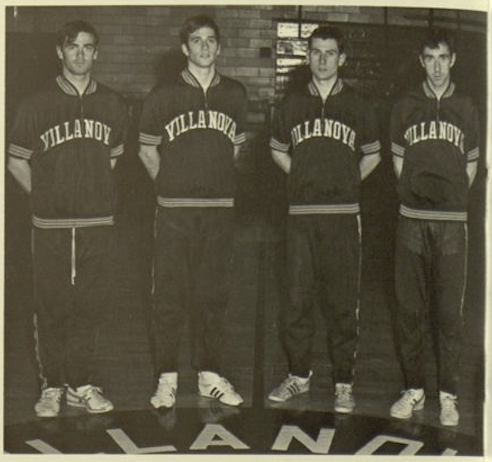
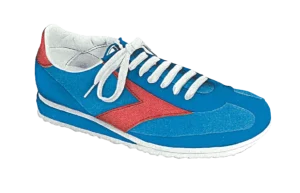
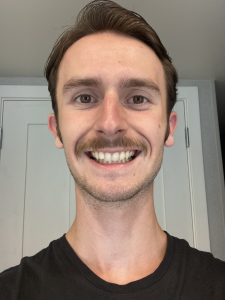 Ethan Shea is a second-year graduate student in the English Department and Graduate Assistant Falvey Library.
Ethan Shea is a second-year graduate student in the English Department and Graduate Assistant Falvey Library.
 Jenna Renaud is a Graduate Assistant in Falvey Memorial Library and a Graduate Student in the Communication Department.
Jenna Renaud is a Graduate Assistant in Falvey Memorial Library and a Graduate Student in the Communication Department.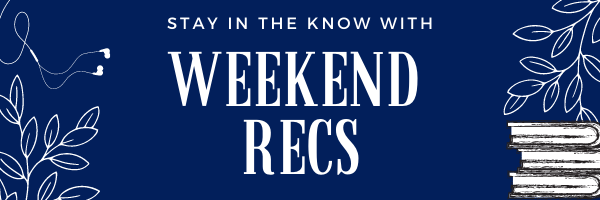
 Jenna Renaud is a Graduate Assistant in Falvey Memorial Library and a Graduate Student in the Communication Department.
Jenna Renaud is a Graduate Assistant in Falvey Memorial Library and a Graduate Student in the Communication Department.
 Ethan Shea is a first-year English Graduate Student and Graduate Assistant at Falvey Memorial Library.
Ethan Shea is a first-year English Graduate Student and Graduate Assistant at Falvey Memorial Library.